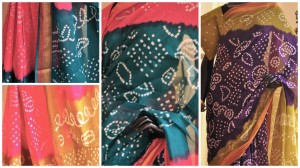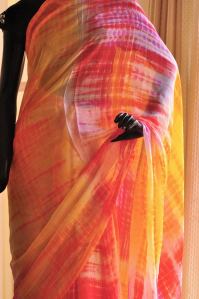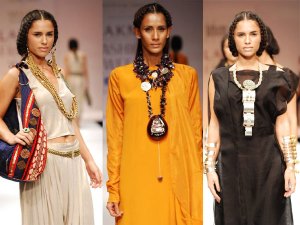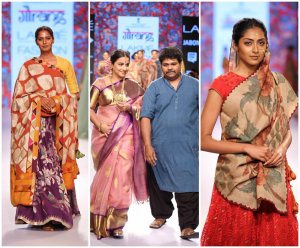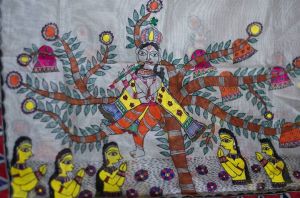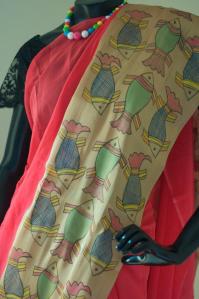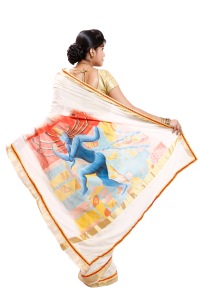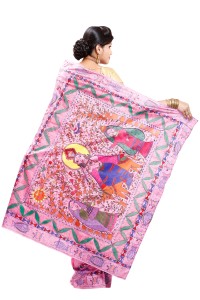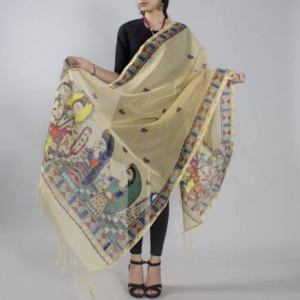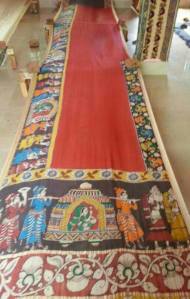The concept of dyeing is spiritual where “Rangreza” has been considered to supreme god who intent the capabilities to color human mind, body and soul in the hues of devotion.
Looking into the history of Tie and Dye, its concept was introduced around 1909 in US, when a professor of Columbia University lectured and demonstrated on its techniques with the help of muslins samples. Although the concept of tie-dye is more ancient, and it is considered that it existed in pre-Columbian era (around 500 to 810 AD) too, it’s remaining examples includes basics designs of small circles and lines with primary colors of red, yellow, blue and green.
Talking about Shibori the Japanese style of “Tie and Dye” native of Japan and Indonesia which has been practiced since 8th century. Shibori art comes with huge varieties; there are many ways in which shibori patterns can be created by binding, stitching, folding, twisting or compressing cloth. The various techniques of Shibori art is Kanoko, Miura, Kumo, Nui, Arashi and Itajime Shibori.
However, the modern “Tie and dye” term got recognition during mid 1960 in United States and its echo was heard in other parts of the world also. History of Tie and Dye is more ancient in India and it is considered to be practiced before independence, there was a clan of people known as ‘Rangrez’ living in Northern part who were initially involved in the profession of dyeing fabric. The cloth surface decoration patterns or Tie and Dye is also known as “Bandhani”, it is much evolved art here and practiced mostly in Kutch and Saurashtra in Gujarat, , Rajasthan, Haryana and Delhi. The term ‘Bandhani‘ is derived from the word ‘Bandhan’ that means tying up. Basically, the technique of bhandhej is used in making Odhnis, sarees and turbans but nowadays its pattern is also tried on skirts, capris, plazzos and other western outfits.
Tie and Dye is a perfect duo of contemporary and modern trend, its patterns and practice holds discipline as well as freedom. In current fashion scenario one can find most revived form of this timeless art, with flowing creativity designers are coming up with new designs and forms. Best part of this art is it never faded away neither in fashion nor in tradition.
Visit http://www.artkarte.com or http://www.facebook.com/artkarte for more details on handcrafted goods and apparels
Source:
Wikepedia
Image Source: Artkarte.com

